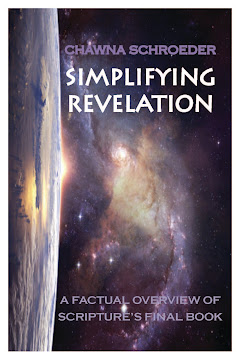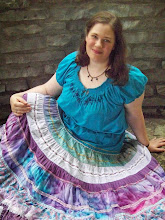But before we dive back in, a quick review of where we’ve been:
- The stories we read and watch are important because they generally leave deeper and longer-lasting impressions than sermons, lessons, or the more didactic forms of communicating truth.
- While the best fiction has both great content and great craft, most books and movies abide in a gray area, falling short in content or craft or both. Therefore, we need guidelines (not rules) to help us navigate these gray areas and provide a standard for whether a book/movie is worth our time.
- Guidelines, which are very individual, are built with three specific building blocks: a biblical foundation, fluctuating maturity, and personal limitations.
- I have built the biblical foundation primarily using Philippians 4:8, since these eight qualities are to guide what we dwell on—including (or especially) the stories that stick with us. The six standards which make up great craft (if anything is excellent…) and great content (…or praiseworthy) are accuracy (true), respect (noble), Scriptural (right), uncontaminated (pure), pleasing (lovely), and reputable (admirable).
Then last month we moved onto the second part of guideline building: maturity. This includes both the physical and spiritual. We’ve already covered the characteristics and dangers of infancy, as well as the advantages and problems of childhood.
Next week we will tackle the characteristics of adolescence.




No comments:
Post a Comment